Discover and read the best of Twitter Threads about #gains
Most recents (24)
The aim of this paper was to overview methods and results of studies that compared acute changes in muscle strength after bouts of maximal eccentric and concentric resistance exercise. 

- "Perhaps the main implication of the current work is that ECC resistance exercise prescriptions should account for the muscle group being exercised...
"...The elbow flexors are more susceptible to acute strength loss and damage from ECC exercise than are muscles of the lower limbs...
In this one, HMB supplementation was associated with improvements in muscle strength, physical performance and muscle quality (defined as the handgrip strength/fat-free mass ratio) in older adults with sarcopenia during a resistance exercise program. 
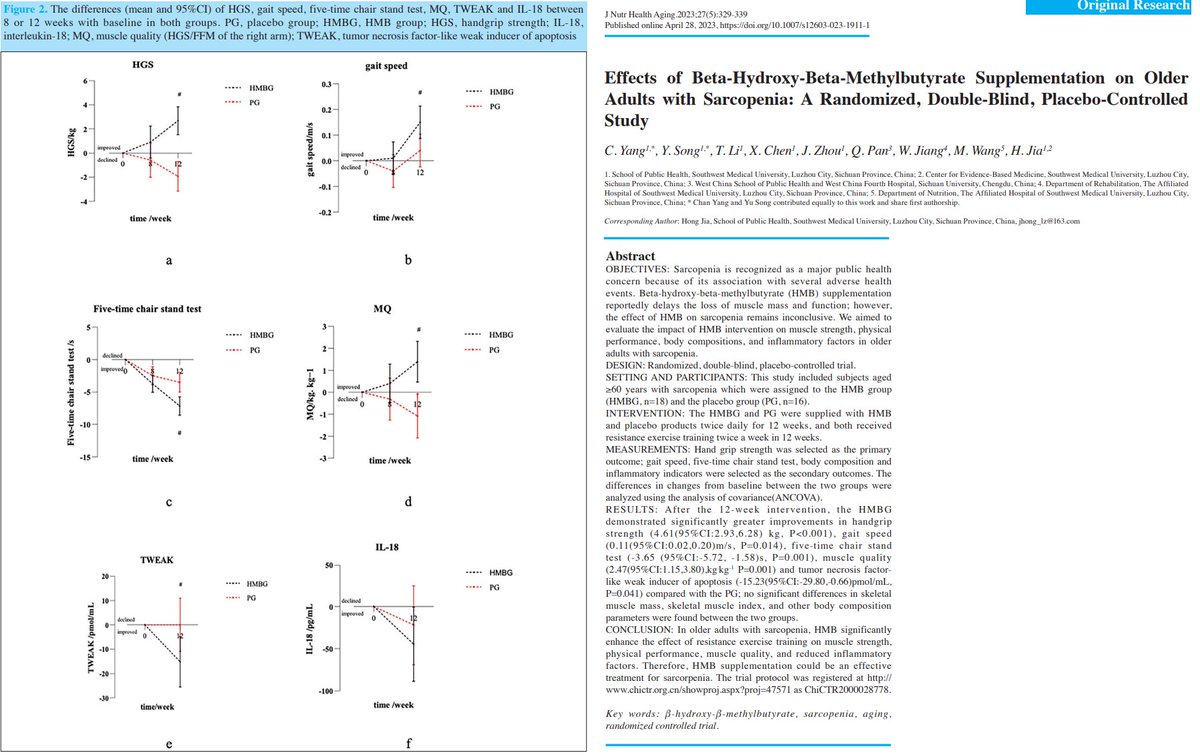
- This randomized, double-blind, placebo-controlled study aimed to evaluate whether HMB supplementation can improve muscle strength, function, and body composition in older adults with sarcopenia.
- This study included subjects aged ≥60 years with sarcopenia which were assigned to the HMB group or the placebo group.
In this one, a low-intensity resistance training with blood flow restriction (BFR) was associated with superior improvements in macrovascular and microvascular function compared with a traditional high-intensity resistance training program in healthy, young men. 

- This study aimed to determine the macrovascular and microvascular function responses to low-intensity resistance training with blood flow restriction compared to a high-load resistance training control group.
- Twenty-four young, healthy men participated.
a thread 🧵on an absolute gem 💎launching on @arbitrum and @zksync on May 22nd @mayfairfund
-what is DFTs
-DTFs that they are launching
-leverage trading DTFs
-real yield
-tokenomics
-value proposition
-roadmap
-future prediction
let's dive deep into each section 🧵👇👇👇🚀
-what is DFTs
-DTFs that they are launching
-leverage trading DTFs
-real yield
-tokenomics
-value proposition
-roadmap
-future prediction
let's dive deep into each section 🧵👇👇👇🚀

1) DTF stands for Dex Traded Funds, but what is it?
it is a basket of tokens that forms an index like S&P500 but for the crypto ecosystem
DTFs consist of different tokens with different weights where users invest in a DTF rather than buying each underlying asset one by one👇👇
it is a basket of tokens that forms an index like S&P500 but for the crypto ecosystem
DTFs consist of different tokens with different weights where users invest in a DTF rather than buying each underlying asset one by one👇👇
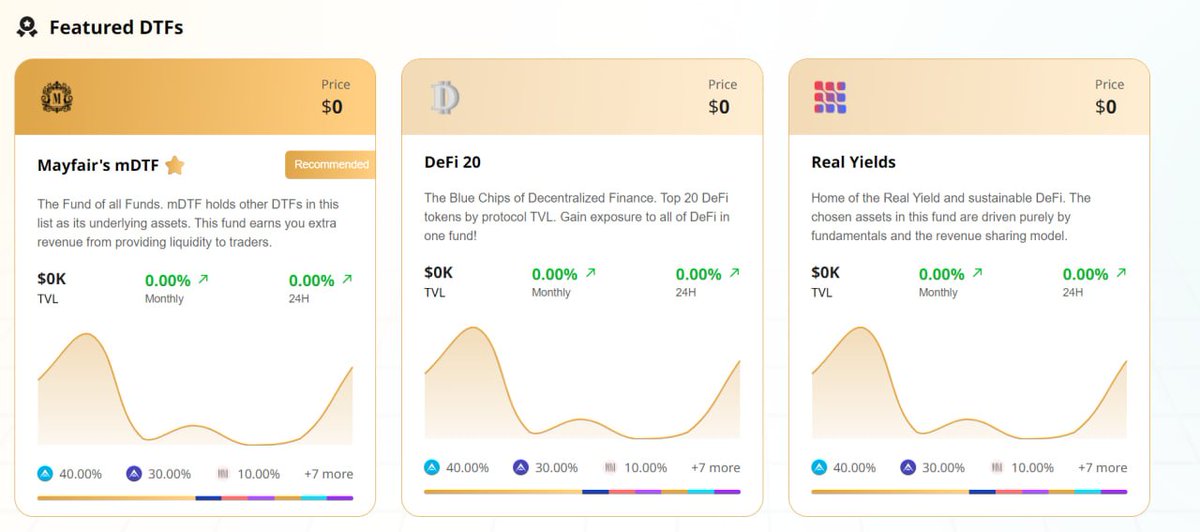
2) along side with price appreciation of your underlying assets, your tokens will earn yield from their native protocols
if your fund holds $GLP invested on #GMX you will passively earn yield on that
users can also leverage their DTF positions upon perps launching
perps? 👇
if your fund holds $GLP invested on #GMX you will passively earn yield on that
users can also leverage their DTF positions upon perps launching
perps? 👇

In this one, a high dose (2.5mg) of phenylcapsaicin was associated with a plausible ergogenic effect on strength performance, muscle damage and peripheral perceived exertion in comparison to a placebo and a lower dose of 0.625mg during resistance training. 
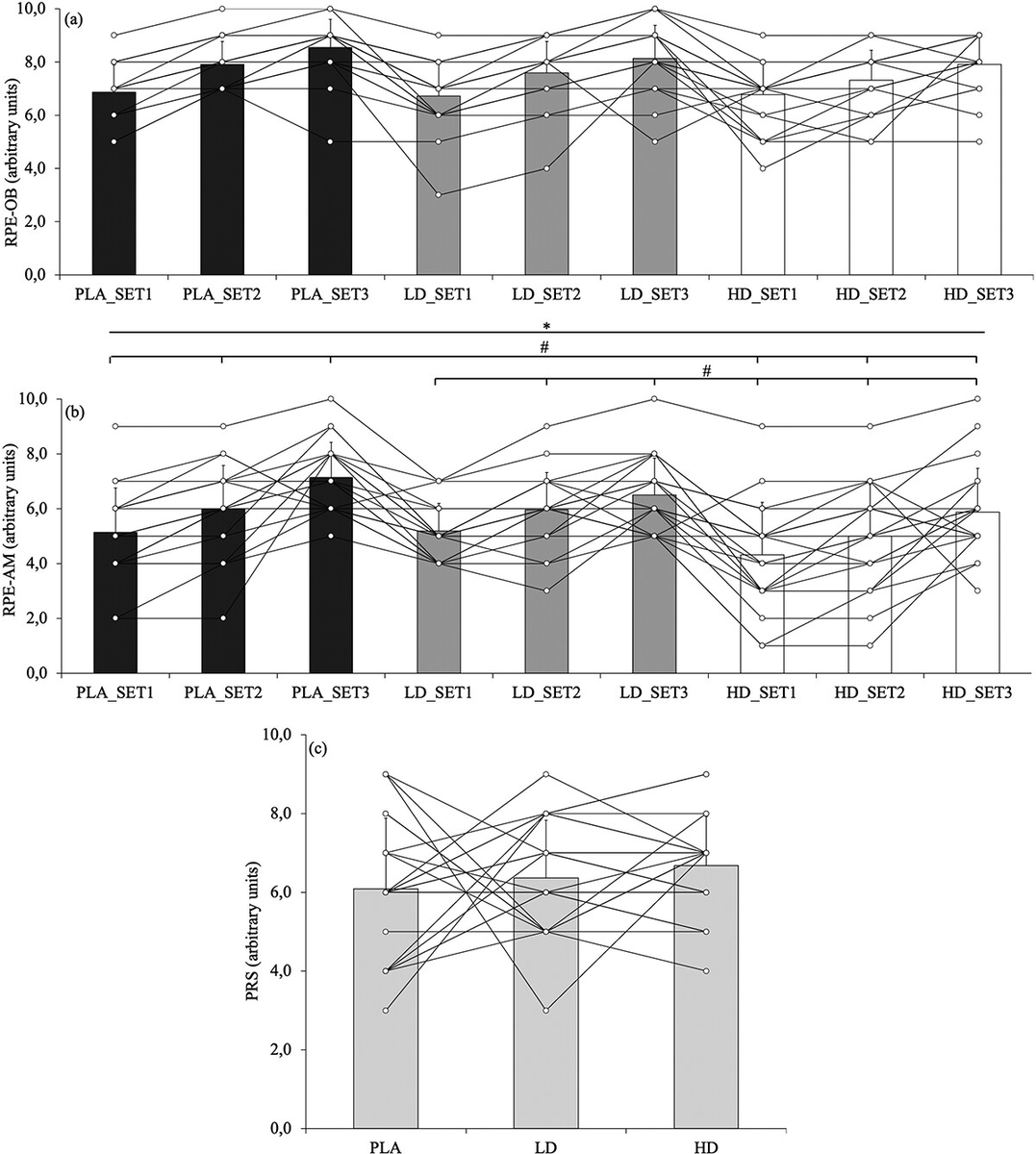
- The aim of this study was to explore the effects of low dose (0.625 mg) and high dose (2.5mg) of phenylcapsaicin on full squat performance, active muscle and overall body ratings of perceived exertion, muscle damage, protein breakdown, metabolic response, and 24-h recovery.
These assessments were approached under a randomized, triple-blinded, placebo-controlled, crossover design.
The findings of this one suggest that blood flow restriction accelerates fatigue but does not increase the signaling events and muscle growth responses during low-load resistance exercise. 
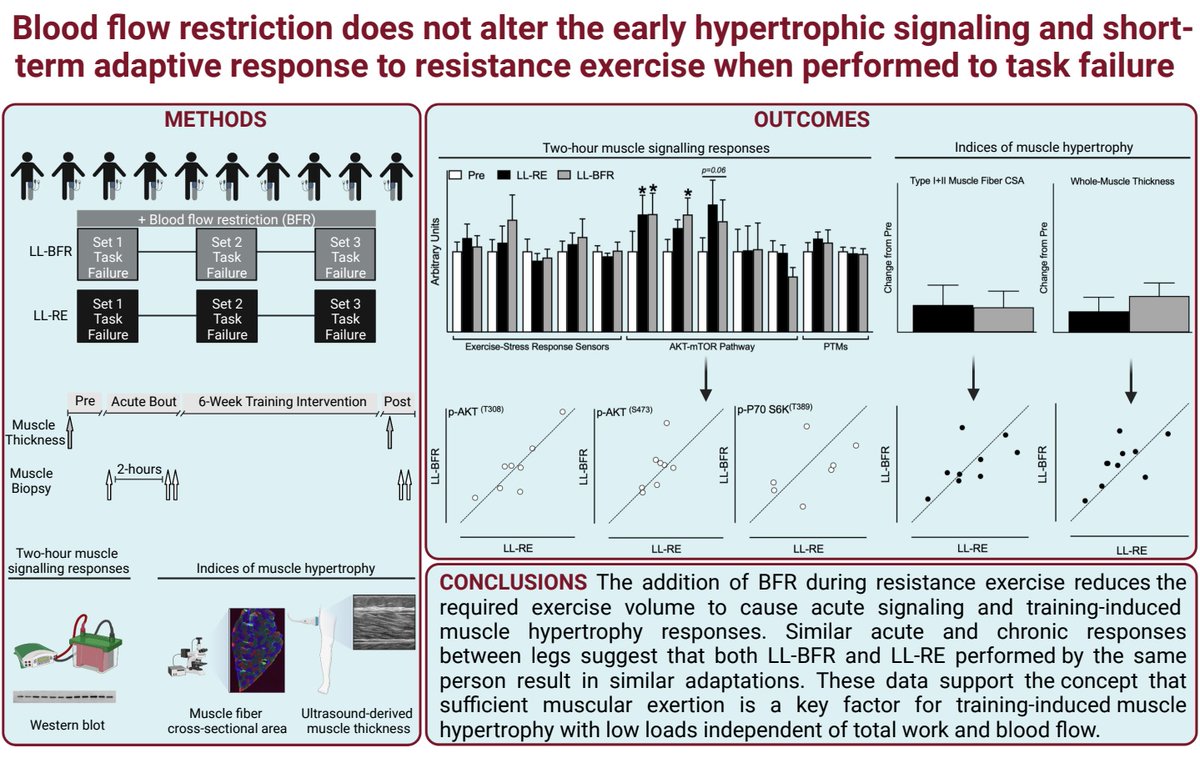
- The purpose of this study was to examine if reduced blood flow during exercise alters the acute signaling and training-induced muscle hypertrophy responses when exercise is performed to task failure.
- In the present study, the acute signaling responses 2 hours after low load-resistance exercise with and without blood flow restriction performed to task failure were investigated.
This systematic review and meta-analysis suggests that chronic exercise is likely to have a positive impact on markers of systemic inflammation in individuals with overweight/obesity and with or at risk of cardiometabolic diseases, as long as cardiorespiratory fitness is improved 

- Results suggested that aerobic, resistance, and combined (aerobic + resistance) training programs are likely to be an effective strategy to alleviate the inflammatory status in individuals with overweight or obesity, even in those with concomitant cardiometabolic diseases.
- The effects appeared to be at least modulated by the extent of increase in cardiorespiratory fitness (VO2max) with some impact of reducing body fat % on the levels of the anti-inflammatory cytokine IL-10.
This one suggests that a supinated grip during the biceps curl may be superior in eliciting the greatest excitation for both biceps brachii and brachioradialis during the concentric phase of the lift. 

- This study analyzed the level of excitation of the biceps brachii and brachioradialis during the ascending and descending phase of the biceps curl performed with three different handgrips (supinated, pronated, and neutral).
- Both biceps brachii and brachioradialis exhibited greater levels of excitation with the supinated compared to the pronated and neutral handgrip.
This systematic review and meta-analysis suggests that the use of moderate hypoxia, and/or moderate training loads & longer inter-set rest intervals under hypoxia are likely to produce small to medium beneficial effects in resistance training outcomes.
- The aim of this paper was to perform an updated systematic review and meta-analysis to explore the effect of resistance training under hypoxic conditions on muscle hypertrophy and strength development versus normoxia.
- Similar to previous studies, a simple pooled analysis without controlling for covariates did not provide compelling support for a potential benefit of resistance training under hypoxic conditions versus normoxia on muscle hypertrophy and strength development
This systematic review and meta-analysis suggests that even though the Range Of Motion (ROM) during resistance training appears to have at most a modest impact on musculoskeletal function and morphology, different ROMs may be appropriate for different goals. 

- ROM during RT appears to have at most a modest impact on outcomes of interest (strength, muscle size, body composition, power, or sport performance proxies).
- The impact of ROM was found to be trivial to small, favoring a full or long ROM compared to partial ROM.
The findings of this one suggest that when resistance training is performed close to or to muscular failure, more than 5 minutes of rest may be needed to reduce the fatigue induced during the set, but during sessions well below muscular failure, 2 minutes of rest may be enough.
- The study describes the acute mechanical and metabolic responses following 8 different resistance training protocols in which the scheduled volume load was equated between them, but loading conditions, rest time length, and set configuration were manipulated.
- Findings support that manipulating intensity, rest time, and set configuration induces different mechanical and metabolic responses, despite using a matched-volume load for all resistance training protocols.
This one provides further evidence to the notion that that muscle growth does not contribute to the increases in strength that occur after resistance training.
- Often the presence of muscle growth is used as evidence for its causal role in improving strength.
- However, the purported paradigm that muscle growth contributes to strength change became less clear with the emergence of low-load (or no external load) resistance training...
Intermittent fasting (IF) diets are worse for your blood sugar and blood pressure, new meta-analysis finds. 

In yesterday's post I discussed a large-scale study showing that IF diets are no better for fat loss than other diets, given the same macronutrient intakes. Many people are aware of this now, but many people still practice IF diets for their proposed health benefits.
A new meta-analysis of randomized controlled trials finds that intermittent energy restriction diets are actually not healthier than diets with constant energy restriction.
Many people are under the impression that keto diets are better for fat loss but worse for muscle growth than higher-carb diets. 

Last week I posted a review on the ketogenic diet for concurrent athletes that concluded keto diets are actually equally effective for both fat loss and muscle growth.
Now a new meta-analysis specifically on strength trainees, both male and female, concluded that keto diets are indeed equally effective to gain muscle.
This systematic review and meta-analysis suggests that resistance training is likely to improve muscle strength and cardiorespiratory fitness, while being an efficient strategy that may improve anthropometric measures in adolescents with obesity.
- Some of the studies that did not reveal a decrease in body fat did not include an eating plan in the intervention protocols, which may be why this variable did not change.
Thus, it appears that a resistance training program aimed at reducing body fat in obese adolescents needs to be combined with a nutritional plan to be more effective.
61/bbr The solution to #Bureaucratic #Socialism (#BS) is neither #Bureaucratic #Capitalism, nor #Bureaucratic #Mixed #economy, but a #New #Development #Paradigm (EPW 2001; egrowfoundation.org/research/a-new…) further explained in, sites.google.com/site/chintan19… and egrowfoundation.org/research/india… 🧐
62/bbr “The J curve of Institutional reform” (2020) egrowfoundation.org/research/growt… showed that anti-black money crusade can’t b sustained w/o Institutional reform. Corruption is a systemic problem in India(origin Bureaucratic Socialism) & can only b solved by policy+institutional reform
63/bbr This is encouraging, but more needs to be done wrt #EODB/#EORC and to translate the policy reforms announced during last 3 yrs into rules, regulations & simpler procedures for producers & exporters. m.economictimes.com/tech/technolog…
This one found that although post-exercise muscle protein synthesis rates do not differ, ingestion of raw, as opposed to boiled, eggs attenuates the postprandial rise in circulating essential amino acid concentrations in healthy young men.
This study examined the effect of traditional-set vs. cluster-set structures, matched for total repetitions per session at the same relative load, during an 8-week high-load bench press training program on body composition, and measures of muscle hypertrophy and strength.
- Site-specific muscular hypertrophy of the proximal and middle regions of the pectoralis major improved to a greater extent over the intervention period in traditional compared with cluster sets.
- Cluster sets were found to increase body mass compared with traditional, with no between-group differences being observed for remaining outcomes of site-specific muscular hypertrophy or body composition.
In 2020, 25.3% of US adults aged ≥18 years met the 2018 federal physical activity guidelines for both muscle-strengthening and aerobic physical activity. 
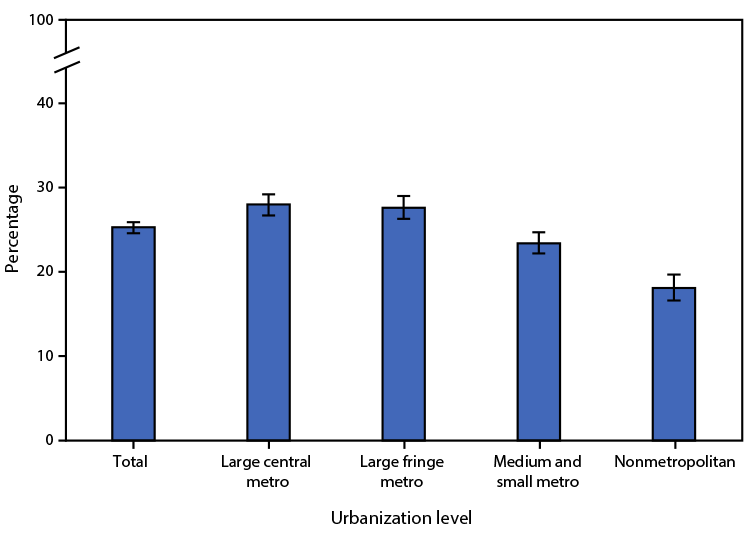
The percentage meeting both guidelines was highest in adults living in large central metropolitan (28.0%) and large fringe metropolitan areas (27.6%)...
...followed by those living in medium and small metropolitan areas (23.4%) and lowest in those living in nonmetropolitan areas (18.1%).
This scoping review and exploratory meta‑analysis comes to the conclusion that on average, participants self-select loads that may be appropriate to stimulate hypertrophy when approaching or taking sets to task failure, but may be sub-optimal for increasing maximal strength. 
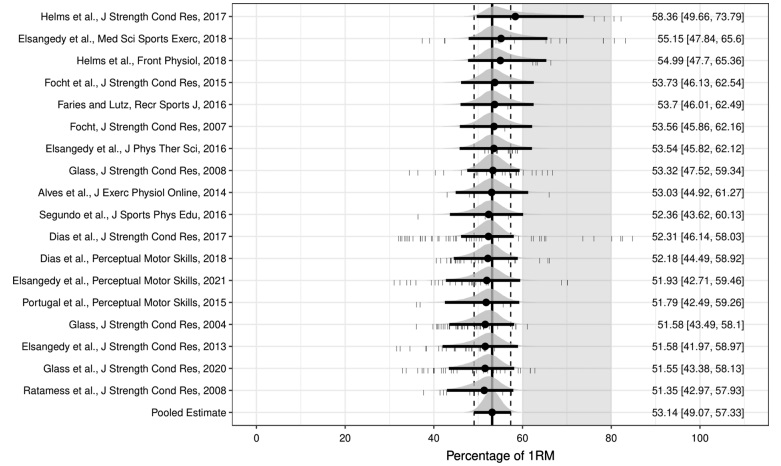
- Across studies, participants selected loads that were equal to 53% of their 1RM, on average.
- Participants tended to select the load based on the number of repetitions prescribed, with higher loads coupled with fewer repetitions and vice versa.
#DeFi is changing the game at a massive scale and is evolving each day💸
Here's how three cognitive biases are holding you back from realising #DeFi's full potential and how to conquer them.
A short thread🧵, that will enable you to make all the right decisions.
Here's how three cognitive biases are holding you back from realising #DeFi's full potential and how to conquer them.
A short thread🧵, that will enable you to make all the right decisions.
This systematic review and meta-analysis aimed to investigate the efficacy of increasing dietary protein ingestion to improve lean body mass gain, skeletal muscle strength, and physical function in healthy subjects.
- Additional protein ingestion together with resistance training leads to small additional lean body mass and lower body strength.
- This effect seems to be more prominent in younger subjects ingesting ≥1.6 g/kg/day.
This one found short-term, moderate-intensity downhill running to be an effective method of promoting gains in knee-extensor muscle strength, size and structure, with the former being explained mainly by neural changes and to a smaller extent by muscle hypertrophy. 

- 4 weeks of moderate-intensity downhill running promoted neuromuscular adaptations in young, healthy adults.
- Neural adaptations appeared to contribute to most of the strength gains at 2 and 4 weeks, while muscle hypertrophy seemed to contribute to maximal voluntary torque changes from 2 to 4 weeks only.
Here, co-ingestion of cluster dextrin with meat protein hydrolysate did not augment postprandial amino acid availability or myofibrillar FSR as compared to co-ingestion of glucose during recovery from a whole-body resistance exercise despite increased intramuscular signaling.
- Cluster dextrin is a branched carbohydrate produced from waxy maize starch by the cyclization of a branching enzyme.
It has been shown to increase the rate of gastric emptying compared to glucose and standard dextrin due to a lower osmotic pressure.





